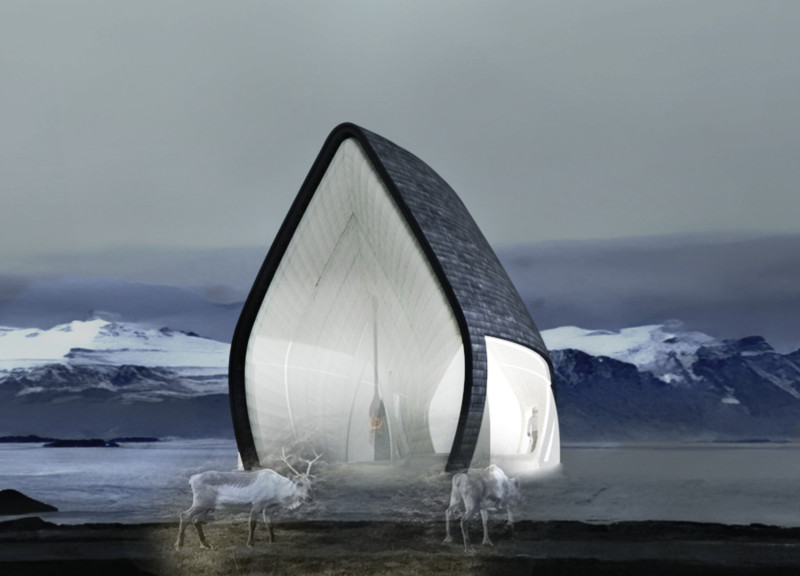5 key facts about this project
At its core, the project functions as a [describe primary function, e.g., community center, residential space, commercial hub]. This key purpose informs various elements of the design, ensuring that each component serves not only its intended use but also contributes to a broader narrative within the environment. The layout promotes human interaction and facilitates the passage of activities smoothly, embodying the principles of user-centered design.
One of the essential aspects of the project is its thoughtful materiality. The architects chose a combination of materials, including reinforced concrete for its structural integrity, glass for transparent connections between the indoors and outdoors, and sustainably sourced wood that adds warmth and texture to both interiors and exteriors. Such materials not only enhance the visual appeal but also reflect a commitment to sustainability, integrating eco-friendly practices into the architecture. Moreover, the use of metal cladding serves as a modern touch, providing durability and an understated elegance throughout the design.
The spatial organization within the project is carefully crafted, taking into account the flow of users and the relationship between different areas. Open, flexible spaces dominate the design, allowing for various uses and adaptations over time. This flexibility is particularly beneficial in crafting environments that can evolve with the needs of the community. Key areas, such as [mention specific spaces like gathering areas, private rooms, workspaces], are designed to promote either collaboration or quiet reflection, catering to a diverse range of activities and interactions.
The landscaping surrounding the structure further enhances the user experience by creating a seamless transition between the built environment and the natural landscape. A thoughtful arrangement of native plant species not only supports biodiversity but also ties the architecture back to its locale, grounding it in its geographical context. Pathways seamlessly integrate with the building's entrances, guiding visitors through the site and encouraging exploration of the outdoor spaces.
What distinguishes this architectural project is the innovative design approach it takes toward sustainability and community focus. This architecture leverages renewable energy strategies, such as solar panels or green roofs, which contribute to minimizing the environmental impact while enhancing energy efficiency. Such systems are integrated discreetly, maintaining the overall aesthetic of the design while promoting an eco-conscious lifestyle among users.
Additionally, the commitment to community engagement is evident in the openness of the design. Public spaces are thoughtfully incorporated, inviting a broader audience to utilize the building beyond its primary function. This inclusive and welcoming approach creates opportunities for social interaction and strengthens the ties between the architecture and its community, fostering a sense of belonging and shared purpose.
Through this extensive examination of the project, it becomes clear how the interplay between form, function, and context shapes an architectural narrative that is rich and resonant. The design reflects an understanding of contemporary architectural ideas and trends while remaining rooted in practicality and user needs.
For those interested in delving deeper into the nuances of this architectural project, exploring elements such as architectural plans, architectural sections, and the overarching architectural designs will provide greater insight into its thoughtful conception and execution. Engaging with these materials allows for a fuller appreciation of the design’s complexity and the innovative ideas that inform it.


























